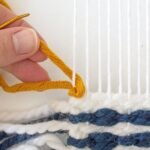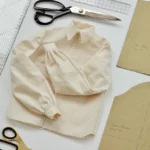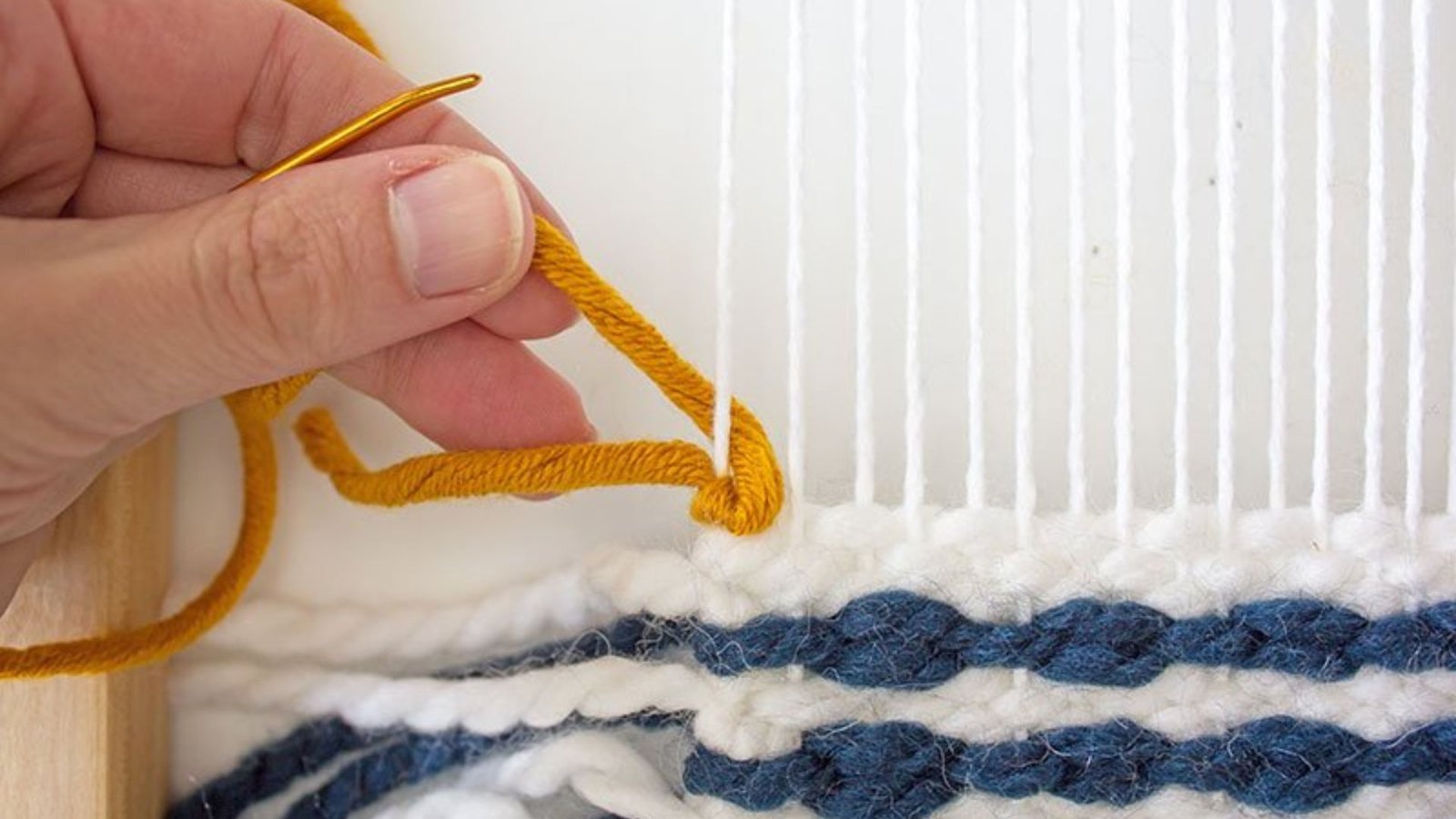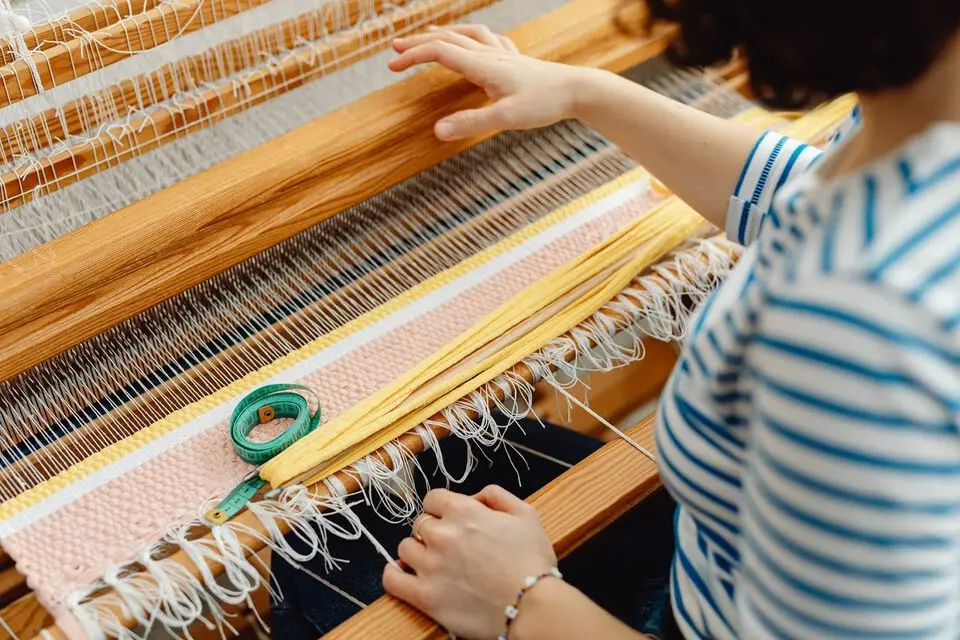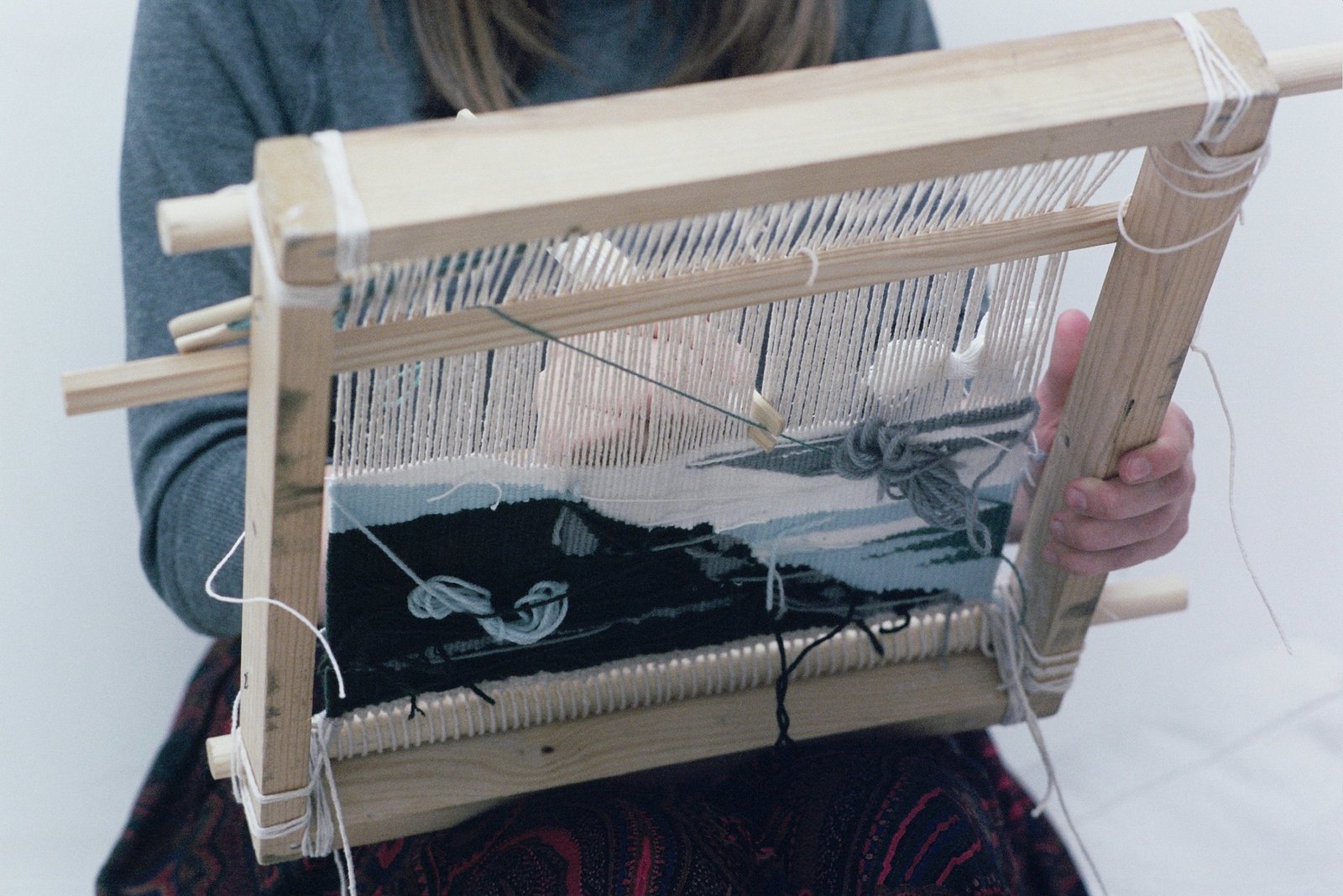Weaving can be a rewarding craft, but it’s not without its challenges. Mistakes can occur, especially for beginners, but knowing how to address and correct them can improve your skills and ensure better results. This guide will help you identify common weaving mistakes and offer practical solutions to fix them.
Uneven Tension
Identifying the Issue
- Symptoms: Uneven tension often results in a fabric with inconsistent tightness, where some areas may be too loose or too tight.
- Causes: This can be caused by uneven yarn feed, inconsistent winding, or incorrect tension settings on the loom.
How to Fix It
- Adjust Tension: Check and adjust the tension on your loom. Ensure that the warp threads are evenly spaced and adjusted properly.
- Correct Yarn Feed: Ensure that yarn is fed evenly and consistently through the loom. Avoid pulling too tightly or too loosely.
- Regular Checks: Regularly check the tension throughout the weaving process to catch issues early.
Missed Threads or Warp Issues
Identifying the Issue
- Symptoms: Missed threads or warp issues can create gaps, uneven patterns, or areas where the fabric does not weave correctly.
- Causes: These problems can occur due to incorrect threading, broken warp threads, or skipped heddles.
How to Fix It
- Inspect the Warp: Regularly inspect the warp threads for any breaks or inconsistencies. Fix any broken threads by re-threading them.
- Re-thread: If you discover missed threads, re-thread them carefully according to your pattern. Ensure all threads are correctly placed in the heddles and reed.
- Check Pattern: Verify that the pattern is correctly set up and that all heddles and shuttles are properly aligned.
Incorrect Pattern Execution
Identifying the Issue
- Symptoms: Incorrect patterns may result in misaligned designs, unexpected color changes, or irregular patterns.
- Causes: Mistakes in following the pattern, miscounting threads, or improper use of the shuttle can lead to pattern errors.
How to Fix It
- Review Instructions: Double-check your pattern instructions and ensure you are following them accurately.
- Count Threads: Count and verify the threads and sections to ensure they match the pattern requirements.
- Practice Techniques: If new to a technique, practice on a sample piece before applying it to your main project.
Weaving Errors
Identifying the Issue
- Symptoms: Errors in weaving can include uneven selvages, irregular beat, or mismatched pattern sections.
- Causes: Common causes include improper beating of the weft, incorrect sett (thread spacing), or incorrect use of the shuttle.
How to Fix It
- Adjust Beating: Ensure that you beat the weft evenly across the entire width of the fabric. Avoid over-beating or under-beating.
- Check Sett: Verify that the sett is appropriate for the yarn and pattern. Adjust if necessary.
- Proper Shuttle Use: Ensure the shuttle is used correctly and that it passes through the shed smoothly without causing snags or tension issues.
Yarn Tangling and Knotting
Identifying the Issue
- Symptoms: Tangling or knotting of yarn can cause disruptions in the weaving process, leading to uneven fabric and difficult handling.
- Causes: Yarn tangling can result from improper storage, handling, or from yarn being caught on the loom.
How to Fix It
- Untangle Yarn: Carefully untangle any knots or tangles in the yarn. Use a yarn swift or a similar tool to help keep the yarn organized.
- Proper Handling: Handle yarn gently and avoid pulling it too tightly. Use yarn guides or bobbins to keep yarn from tangling during weaving.
- Storage Solutions: Store yarn properly to avoid tangling, such as using clear containers or yarn bowls.
Fabric Shrinkage
Identifying the Issue
- Symptoms: Fabric shrinkage can occur after washing or finishing, resulting in a smaller size than intended or uneven dimensions.
- Causes: Shrinkage can be caused by the type of yarn, improper washing methods, or finishing techniques.
How to Fix It
- Pre-wash Yarn: Pre-wash or pre-shrink yarn before weaving to minimize post-weaving shrinkage.
- Follow Care Instructions: Follow proper care instructions for washing and finishing your woven fabric.
- Sample Testing: Test a small sample of the fabric before completing the entire project to assess how it will react to washing and finishing.
Conclusion
Handling common mistakes in weaving involves recognizing issues early, making necessary adjustments, and practicing techniques to improve your skills. By understanding how to address these problems, you can enhance your weaving projects and achieve better results. Remember, practice and patience are key to mastering the art of weaving.




